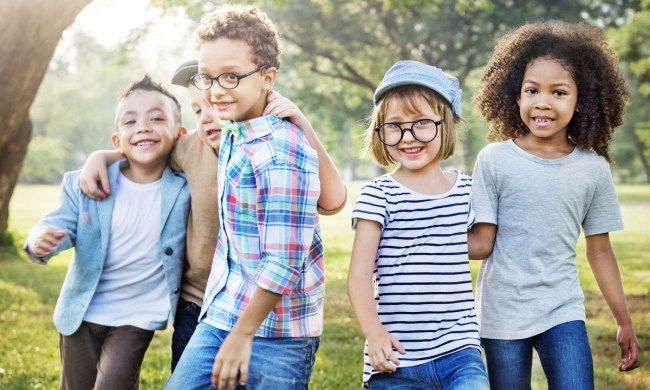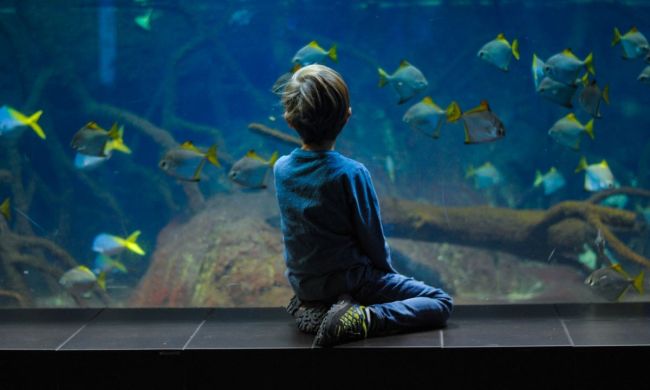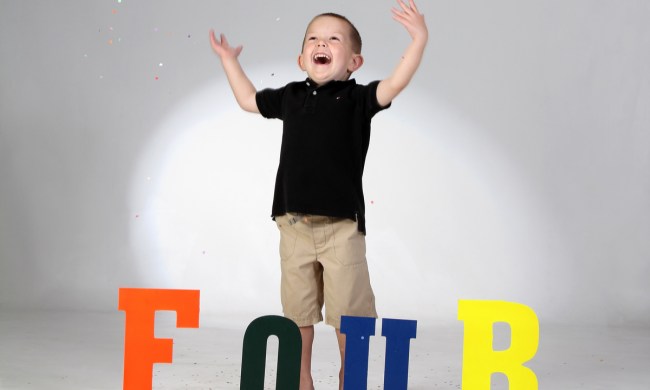A lot has been said regarding young children and screen time. Excessive screen time has been tied to obesity in children as well as sleep and behavioral issues. While 7-year-olds should be spending more time playing and being outside, not all screen time is bad. As long as parents set limits on daily screen time for kids, the activities children do on a kid’s laptop or tablet can actually be beneficial if it’s educational.
Learning laptops designed specifically for elementary grades like first and second can be extremely helpful in building a strong foundation of math, reading, and writing skills. Of course, time spent in front of a learning laptop should not be unlimited, and the time they do spend should be more focused on educational games.
When purchasing a laptop for a 7-year-old, you certainly don’t want something ultra-expensive because you are still dealing with a young child. Children spill and are prone to dropping things even when trying to be careful. So, what are the best kids’ laptops for a 7-year-old? Thankfully, there are options that are a step up from the play laptops geared toward toddlers and preschoolers, and in between devices you would consider buying for older elementary students and middle schoolers. Let’s take a look at the top three learning laptops for a 7-year-old.
Good: Discovery Kids Teach & Talk Laptop
The Teach & Talk Laptop by Discovery kids is a good choice for a first laptop for your 7-year-old. With a working mouse, the device works to help younger children become familiar with navigating the mechanics of a computer. The software includes 60 preprogrammed educational games and activities. Since the device is preprogrammed, you do not have to worry about setting up and downloading the software. The laptop travels well and is battery-operated, so there isn’t any need to worry about a charger wire.
Games focus on math, spelling, geography, reading, and more. The recommended age range by the manufacturer is 5-plus.
Why we like it:
- Good for first-time computer users
- 60 preprogrammed educational games and activities make setup easy
- Easily portable
Better: Tanoshi 2-in-1 Kids Computer
If you are looking for a learning laptop that will grow with your child, the Tanoshi 2-in-1 Kids computer is a great choice. The laptop is designed for ages 6 to 12. Kids will love that this computer is not a toy. It is a working laptop with a detachable keyboard. The Family Link app is included with the software and allows parents to monitor screen time, monitor apps, and more. Parents will appreciate the ease of the setup. Kids can learn how to code and work on problem-solving skills with preinstalled apps.
Other Android apps include maps, Earth, YouTube Kids, Safe Search Chrome Browser, and more. Your kids can use the Tanoshi 2-in-1 for educational games as well as homework and school projects.
Why we like it:
- Has the ability to grow with your child (suitable up to age 12)
- Parents can monitor screen time and apps easily
- Kids can play preinstalled educational games and work on schoolwork
Best: Tanoshi Scholar Kids Computer
A step up from the Tanoshi 2-in-1 laptop, the Scholar is an excellent choice for 6 to 12-year-olds. It’s a bit larger and includes a detachable keyboard. The software is preloaded, offering a larger array of educational apps including Nancy Drew Codes & Clues and 1 2 3 Gotcha! for those all-important multiplication facts. It can also be used for virtual learning because the device is compatible with video-learning platforms. Plus, the webcam has a privacy filter, and kids will love the touchscreen.
The preinstalled learning and coding apps can be used with or without an internet connection, and parental controls are free. If you’re in the market for a learning laptop for your 7-year-old that can take them through elementary school, Tanoshi’s Scholar Kids is a perfect pick.
Why we like it:
- Has the ability to grow with your child (suitable up to age 12)
- Can be used for virtual learning
- Preinstalled learning and coding apps don’t need an internet connection
Technology offers children a lot of learning advantages. Kids can practice addition, subtraction, multiplication, and division facts, learn to code, and fine-tune their reading and comprehension skills while playing fun games. Too much of a good thing is never a great idea, which is why screen time for kids should be limited. With parental controls, you can keep track of your child’s screen time from your own device. When your child is in front of a screen, you want it to be productive, not mindless.
With one of these educational laptops, your 7-year-old can have fun while learning important concepts. Two of these learning laptops are designed to grow with your child, working for school, too.



